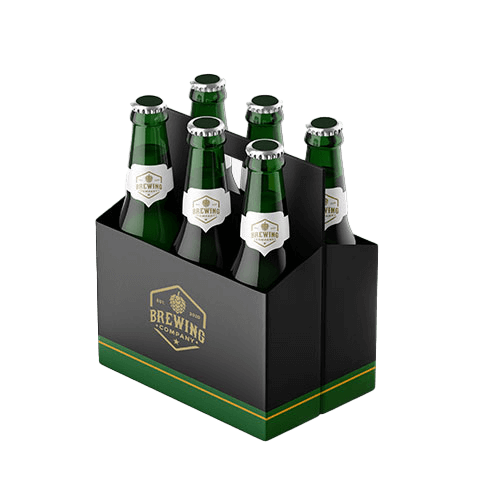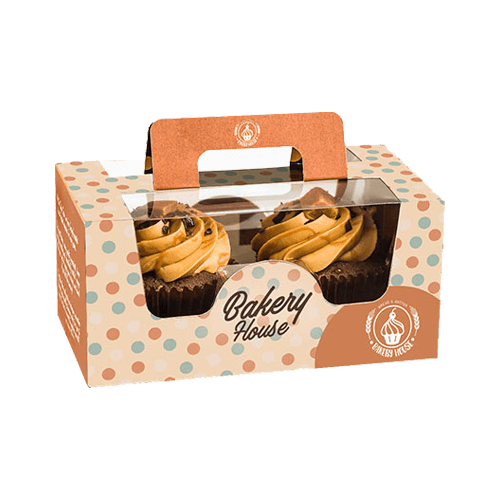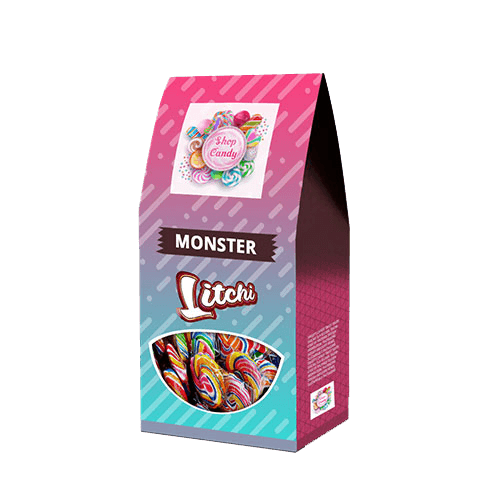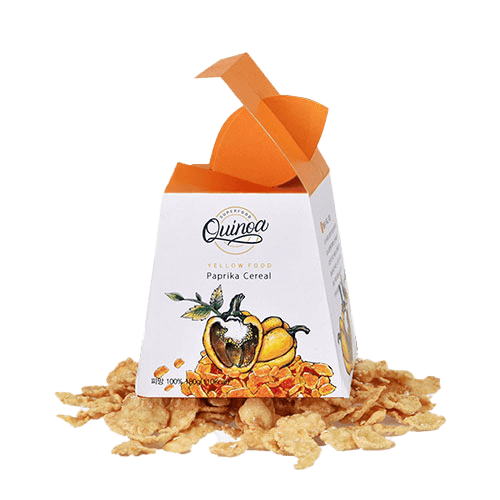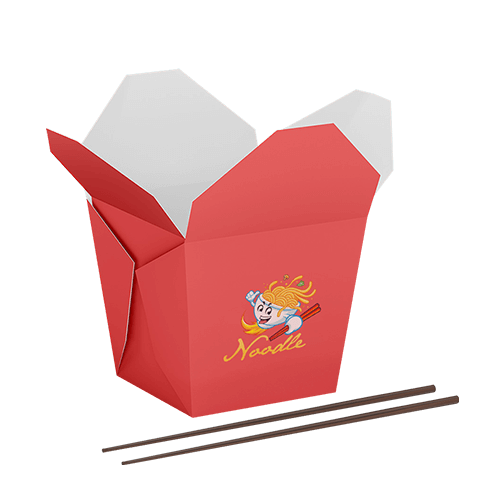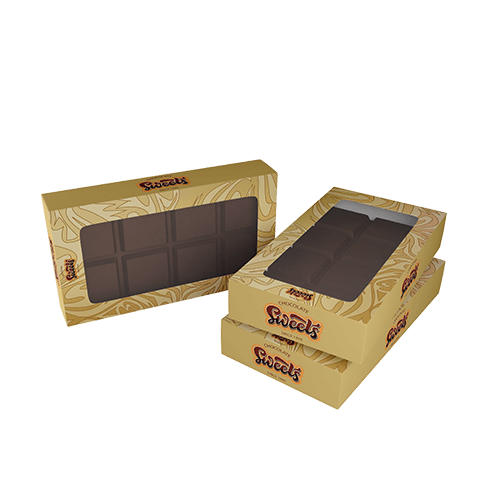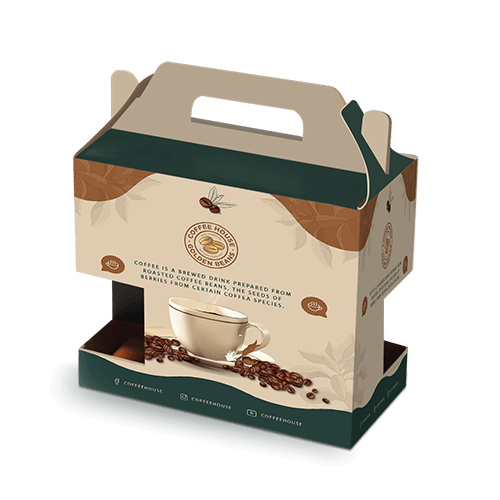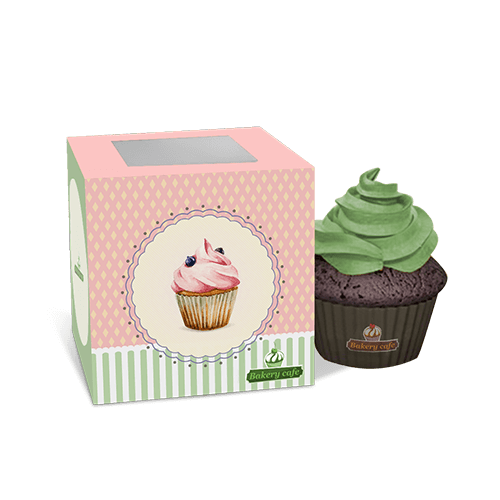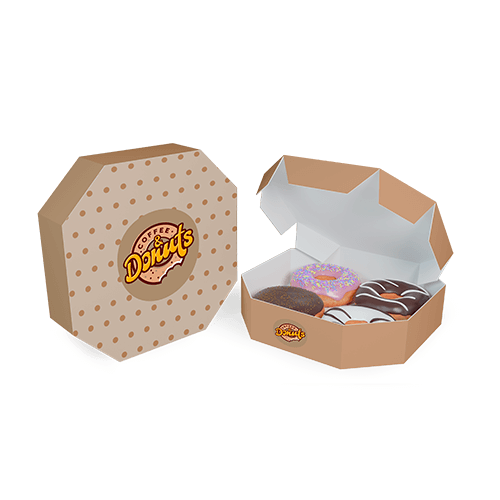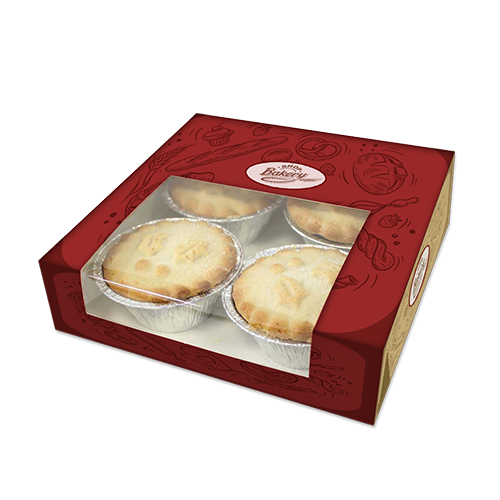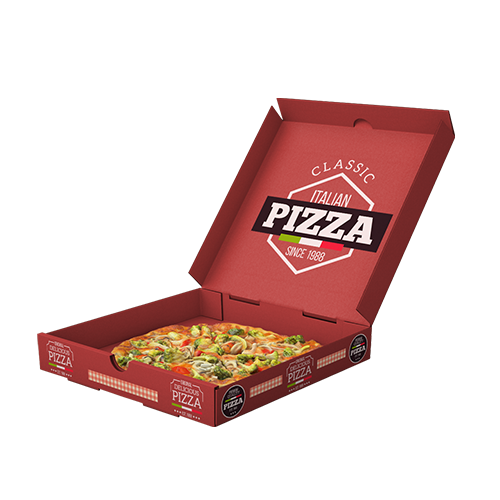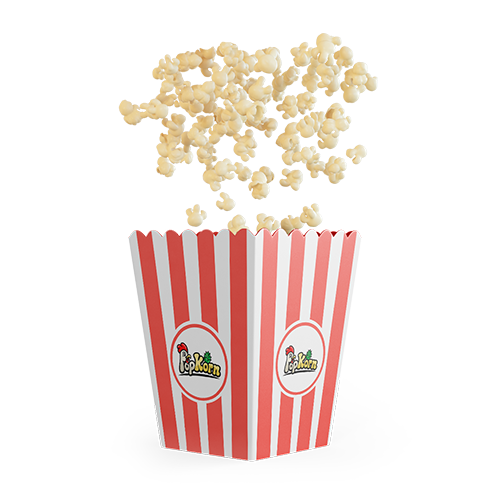
Custom Quote Request Form
Food Packaging
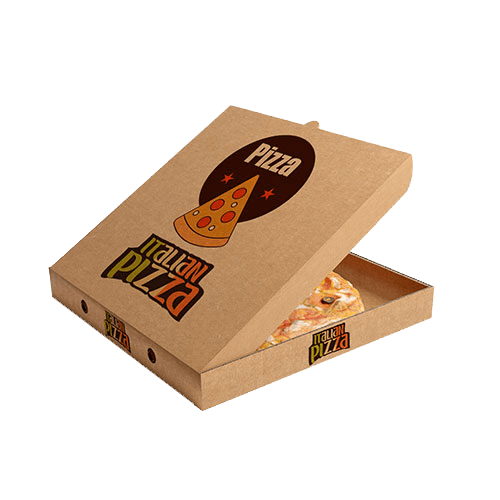

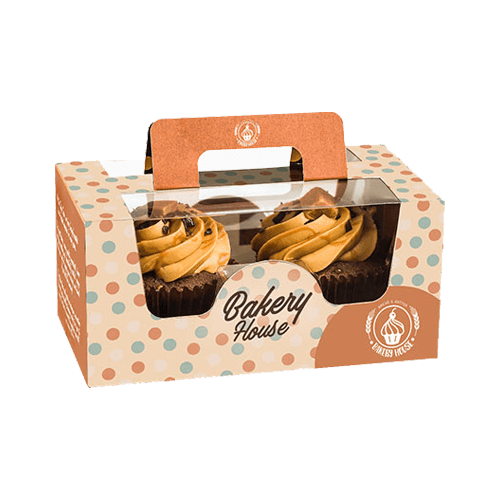
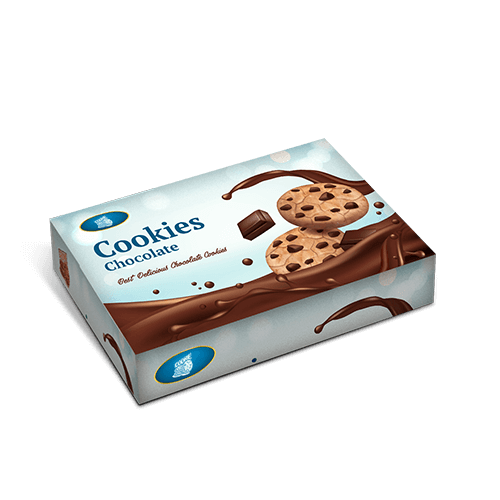
| FAQ's Specifications Description Reviews | ||||||||||||
|
Q: Why should I switch to cardboard food packaging? A: Cardboard food packaging can help protect food items from the elements and tampering. In addition, food packaging can also help in transporting food items to grocery stores or to customers’ homes. Q: What styles are available for food packaging? A: We produce a wide range of cardboard food packaging custom shapes and sizes. Some of the packaging styles include: Q: Is there a minimum order quantity for custom food packaging orders? A: No, there is no minimum order amount for custom food packaging. You can order as few boxes as you like. However, due to initial costs associated with setting up a print job, ordering larger quantities typically results in a lower per unit cost. Q: Can you send me samples of your food packaging? A: We can send samples of our recent print orders. Please send us a sample request and our sales representative will be in touch so that appropriate food packaging samples can be sent to you. Q: What precise criteria govern the choice of packaging materials for food products in Australia? A: As per the Australian Food Standards, the type of packaging material should be determined by its suitability for the intended purpose. This entails ensuring that the material is appropriate for the specific type of food being packaged while ensuring proper containment, protection, and preservation. Q: Are there any particular guidelines that govern disclosures regarding the country of origin for products sold within Australia? A: Yes, the Food Standards Code mandates that food labels should disclose the country of origin for all food products. This provision aims to assist consumers in discerning the product's source and facilitating informed purchasing choices.
Food Packaging EssentialsFood packaging is the process of enclosing food products in a container or wrapping them for preservation, protection, and convenience. The essential elements of food packaging include the packaging material, design, and labeling.
Other aspects of food packaging are secondary packaging, Traceability, and safety.
It includes packaging materials and methods that prevent or reduce the risk of spoilage, infection or other forms of food damage. |









